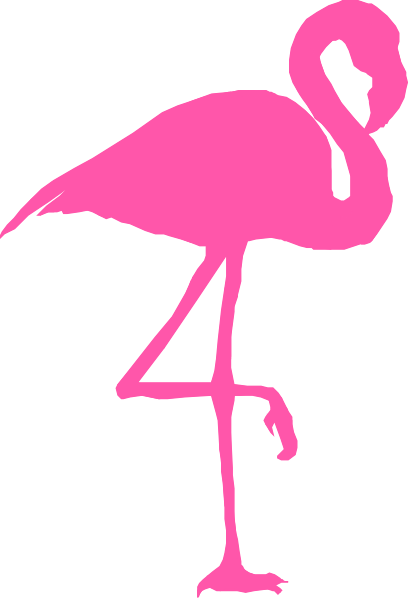
About CGL
The members of the Computer Graphics Lab at the University of Waterloo pursue research in a set of diverse and interdisciplinary topics within modern computer graphics, including human-computer interaction, physics-based animation, art & design, geometric modeling, and light transport (rendering).The physical lab space is located at DC 2303, in the Davis Centre on the University of Waterloo main campus. We are affiliated with the David R. Cheriton School of Computer Science. You can find information about applying for graduate studies at Waterloo on our CS graduate admissions page. If you're enthusiastic about computer science and computer graphics, consider joining us!




